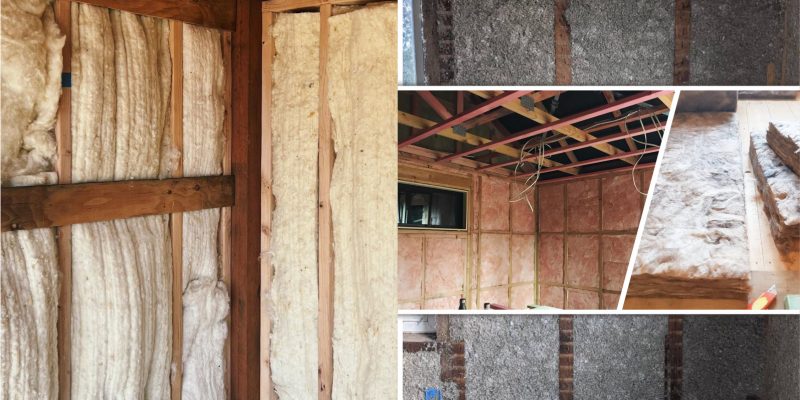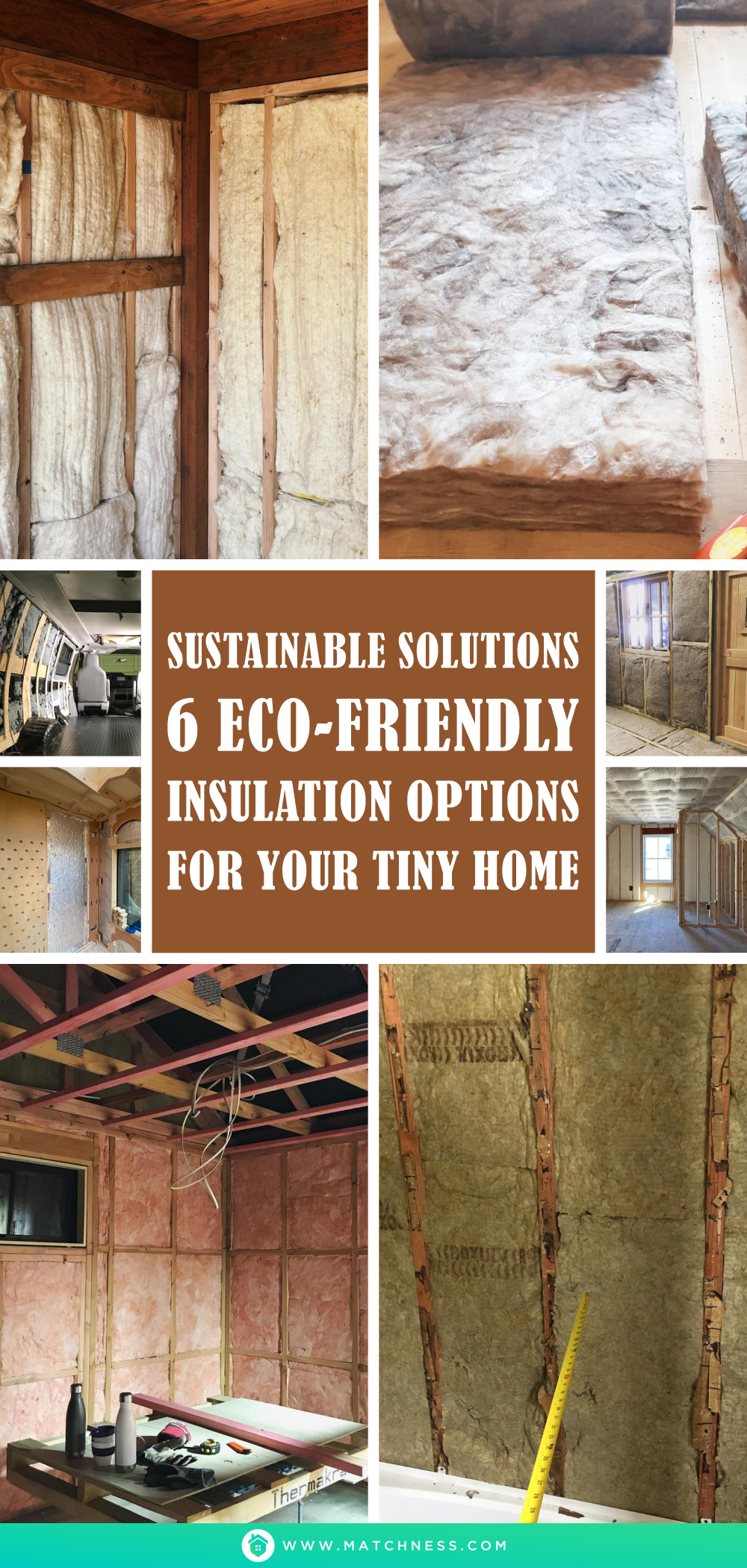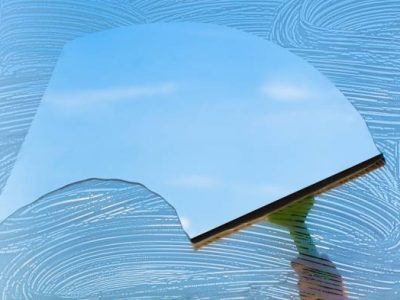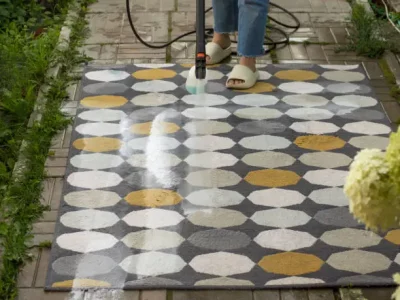Effective insulation is crucial for ensuring that your tiny home is a comfortable and habitable space. If you’re a builder with a focus on environmental considerations, there are numerous eco-friendly insulation options at your disposal for your tiny home. Additionally, given the flexibility in materials for tiny home construction, these alternatives are cost-effective and won’t stretch your budget thin. In this article, we’ll delve into six eco-friendly insulation choices that can be valuable for your tiny home building project. If you’re interested in learning more about sustainable building practices and insulation solutions, resources like BoxdLiving can offer further insights into this aspect of tiny home construction.
Glass Wool Insulation
Two experienced builders, who prioritize sustainable construction, offer insight into eco-friendly insulation for tiny homes. They emphasize that eco-friendliness is not a universal standard, but instead a range of sustainability options with trade-offs for each project. Nonetheless, they recommend glass wool or fiberglass insulation as a quality and sustainable option for tiny homes.
Glass wool, which is essentially fiberglass, is one of the most familiar insulation materials, cost-effective, and readily available. It has one of the lowest global warming potential ratings among batt insulations and is mostly made from recycled glass. However, it can be tricky to install, and proper respiratory protection during installation is crucial. It is advises that a 2×4 wall can only provide R-13 insulation, and this value will decrease if the batts are installed poorly or become compressed or slumped within the wall cavity.
R-value measures the thermal resistance of an insulation material, indicating its effectiveness. Many homeowner who used glass wool insulation in their build and are satisfied with its performance. They also affirms that their home is well-insulated from top to bottom, keeping them warm in winter and cool in summer.
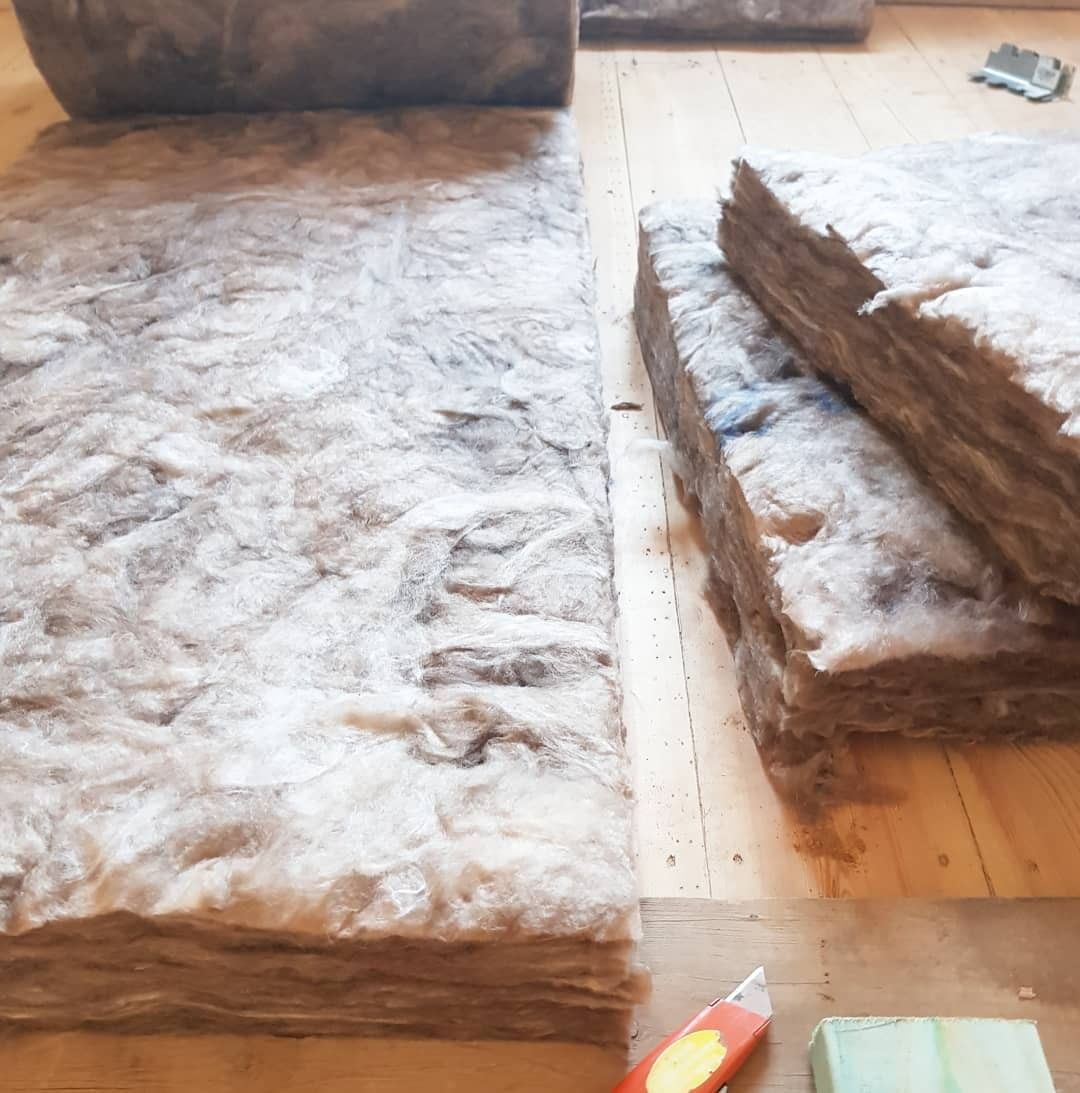
Choosing this glass wool insulation emphasizes that environmental friendliness is not a universal standard, but rather a range of sustainability options with compromises for every project. This material ensures their homes are well insulated from top to bottom, keeping them warm in winter and cool in summer. Glass Wool Insulation from @earthwoolinsulationaustralia
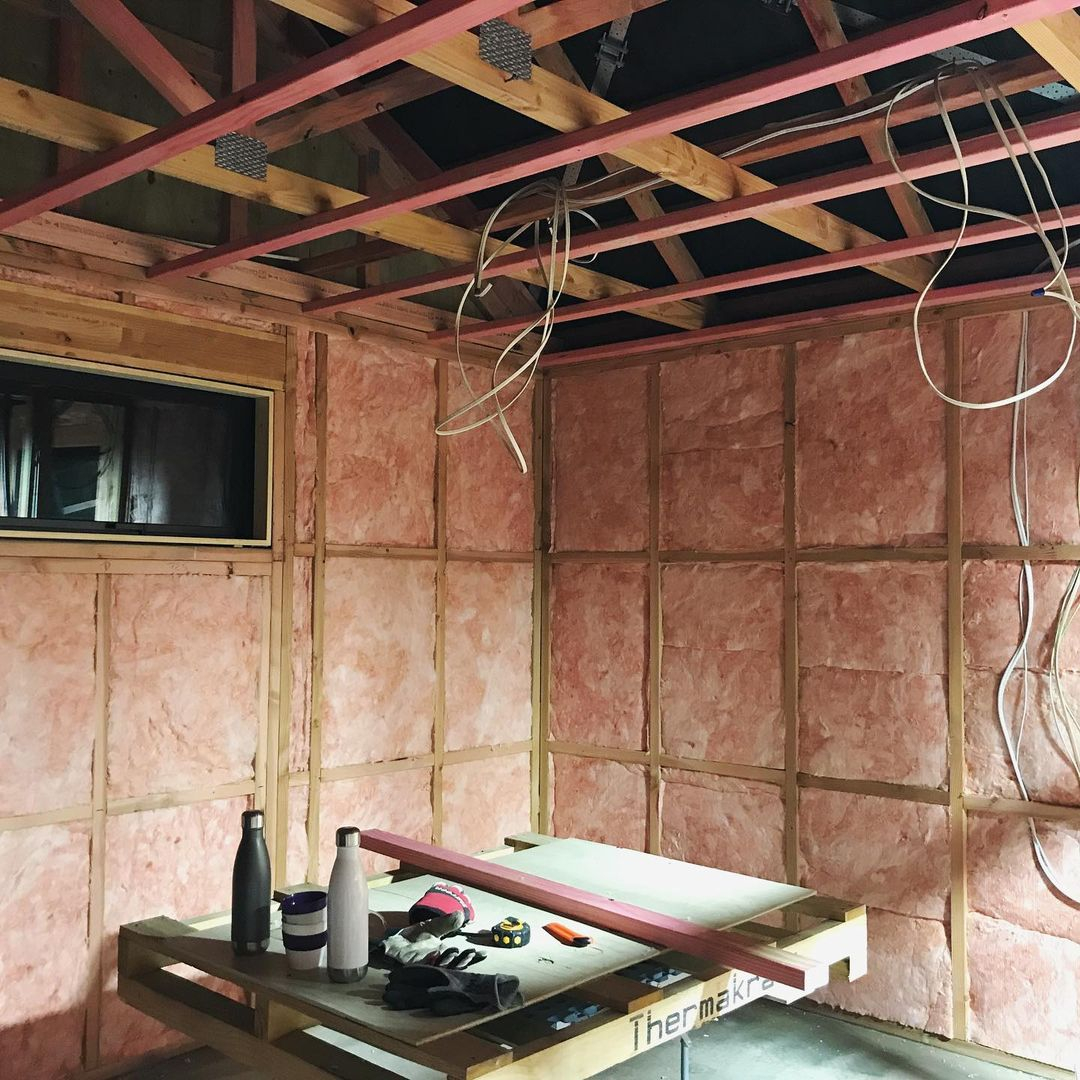
Glass wool is one of the most recognized, cost-effective and readily available insulation materials. Many homeowners use glass wool insulation in their buildings and are satisfied with its performance. House Insulated from @athomewiththehortons_
Mineral wool insulation
Mineral wool, also known as rock wool or stone wool, is an eco-friendly insulation material that is commonly available at most building supply stores. It is created by spinning igneous rock into fibers, which are then made into batts that are installed similarly to fiberglass insulation. As with fiberglass, proper respiratory protection is necessary when installing mineral wool insulation.
Although mineral wool is more expensive than fiberglass, it offers a higher R-value, which indicates its effectiveness in terms of thermal resistance. Mineral wool provides an R-15 insulation for a 2×4 wall, compared to fiberglass’s R-13 insulation for the same wall thickness. Mineral wool is also easier to install than fiberglass and can be cut around wiring, electrical boxes, and plumbing without losing its full R-value.
Another advantage of mineral wool insulation is that it can be salvaged for reuse at the end of a structure’s life, which sets it apart from other insulation products. This is an essential consideration for people who prioritize sustainability and aim to minimize their environmental impact.
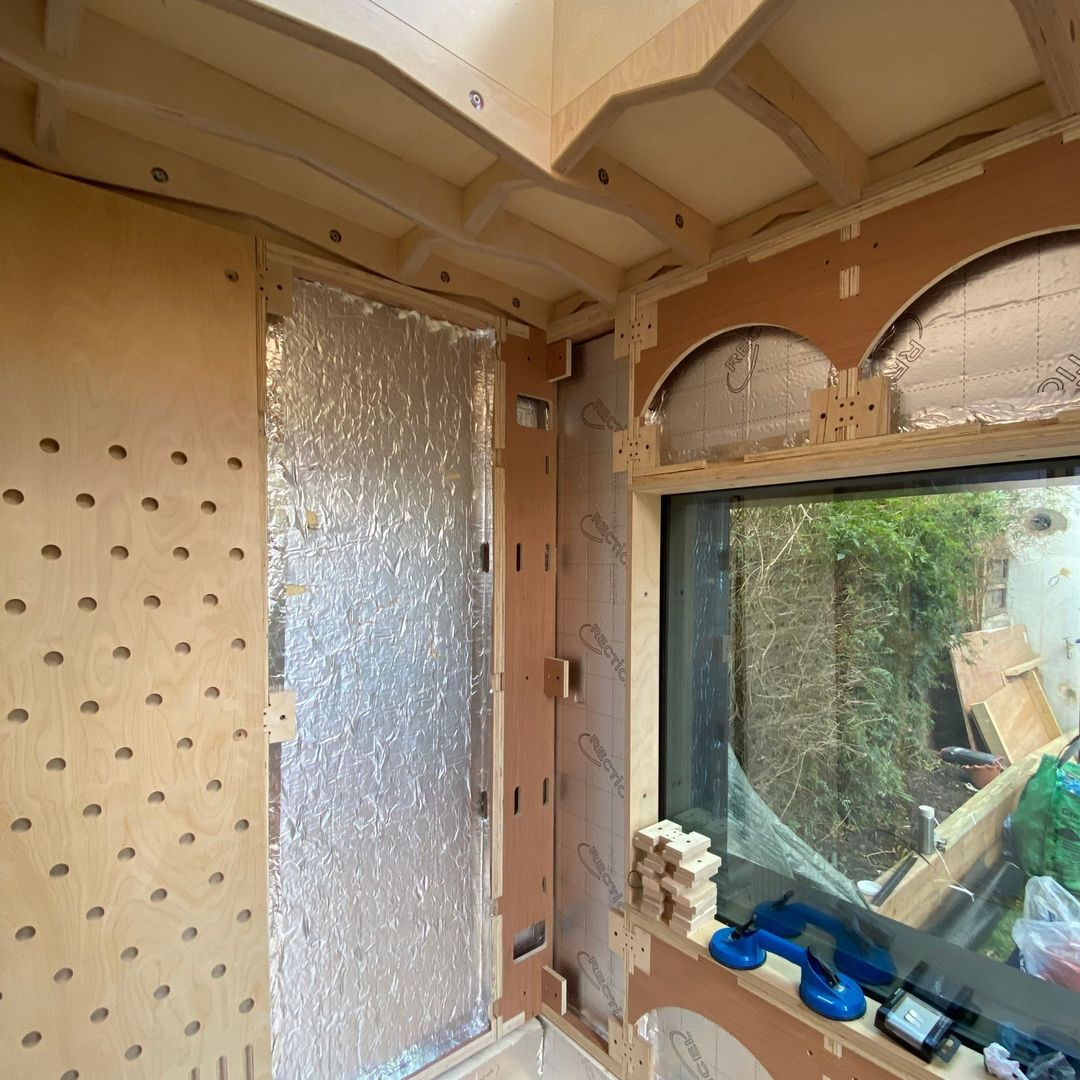
An environmentally friendly insulating mineral wool material that is usually available at most building supply stores. It’s perfect for your application because it’s easier to install than fiberglass and can be cut around cables, electrical boxes, and plumbing without losing its full R-value. Mineral Wool Insulation from @myroominthegarden

This Roxul insulation will be environmentally friendly and will provide the proper respiratory protection required when installing mineral wool insulation. Mineral wool is also easier to install than fiberglass and can cut cables, electrical boxes, and plumbing without losing its full R-value. Roxul Mineral Wool from @a_black_house
Sheep’s wool insulation
Sheep’s wool insulation is often marketed as a sustainable and eco-friendly insulation option. It is a natural fiber that is harvested from sheep and processed into batts for installation. Sheep’s wool insulation has an R-value comparable to fiberglass insulation, but it typically costs more than other insulation options, running two to three times the cost of fiberglass.
It’s important to note that some sheep’s wool insulation products may contain additives such as flame retardants and pesticides. These additives can have potential health impacts, particularly for those with sensitivities or allergies. If you’re considering using sheep’s wool insulation and natural fibers are important to you, it’s important to research the product thoroughly and choose a product that doesn’t contain any harmful additives.
On the other hand, natural, untreated sheep’s wool insulation options do exist, and these products can provide a more sustainable and eco-friendly insulation option. When selecting a sheep’s wool insulation product, be sure to look for certifications such as the Global Organic Textile Standard (GOTS), which ensures that the product is free from harmful chemicals and meets certain environmental and social criteria.
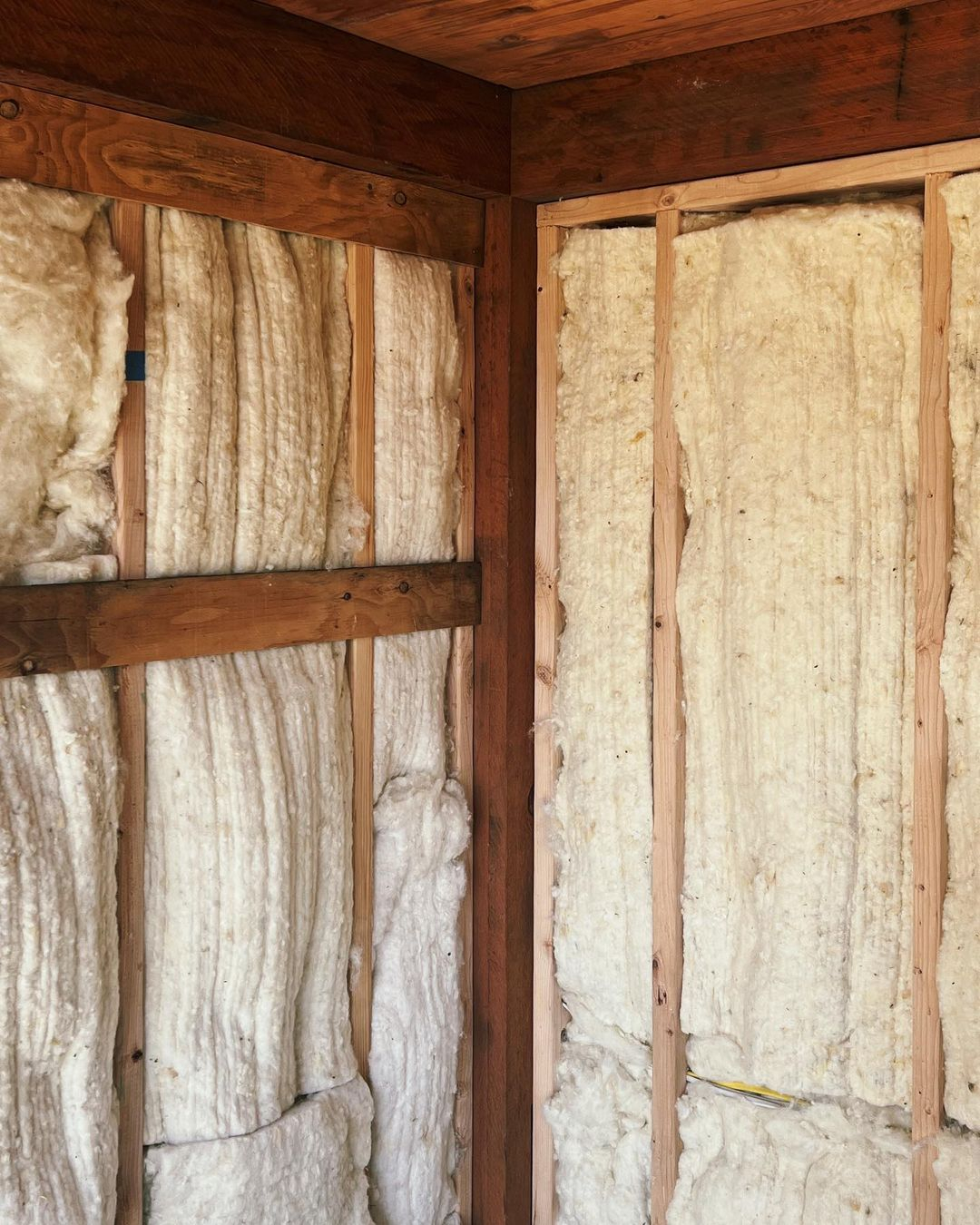
Wool insulation is a natural fiber harvested from sheep and processed into batts for installation. Using this ingredient is important for thoroughly researching the product and choosing one that does not contain harmful additives. Sheep’s Wool Insulation from @a_black_house
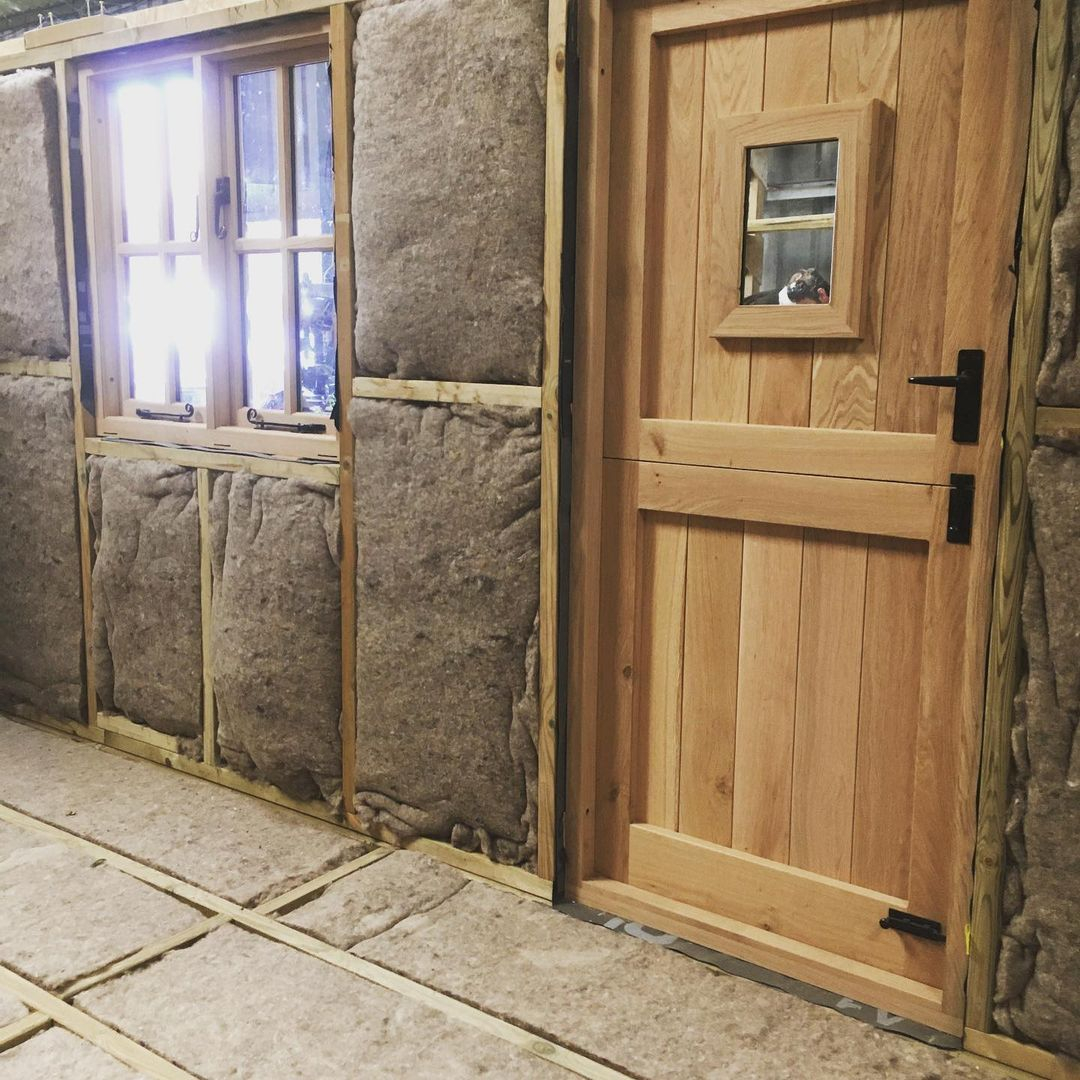
Sheep wool insulation has an R-value comparable to fiberglass insulation. Although more expensive than other insulation options, running two to three times the cost of fiberglass, they are perfect for you to apply to the walls of your small house. Sheep’s Wool Insulation Tiny Housev from @dickydeansshepherdshuts
Polyisocyanurate insulation
Polyisocyanurate panels are a type of rigid insulation that is environmentally friendly and offers high thermal resistance. They are also relatively easy to install. Despite being made of foam, they have a lower global warming potential rating than mineral wool, which is another popular eco-friendly insulation option. However, they are also more expensive than other insulation options, and using them requires a flame retardant wall covering, such as drywall. It is essential to consider both the cost and the environmental impact of using polyisocyanurate panels as insulation, as well as the potential safety risks associated with flame retardant materials.
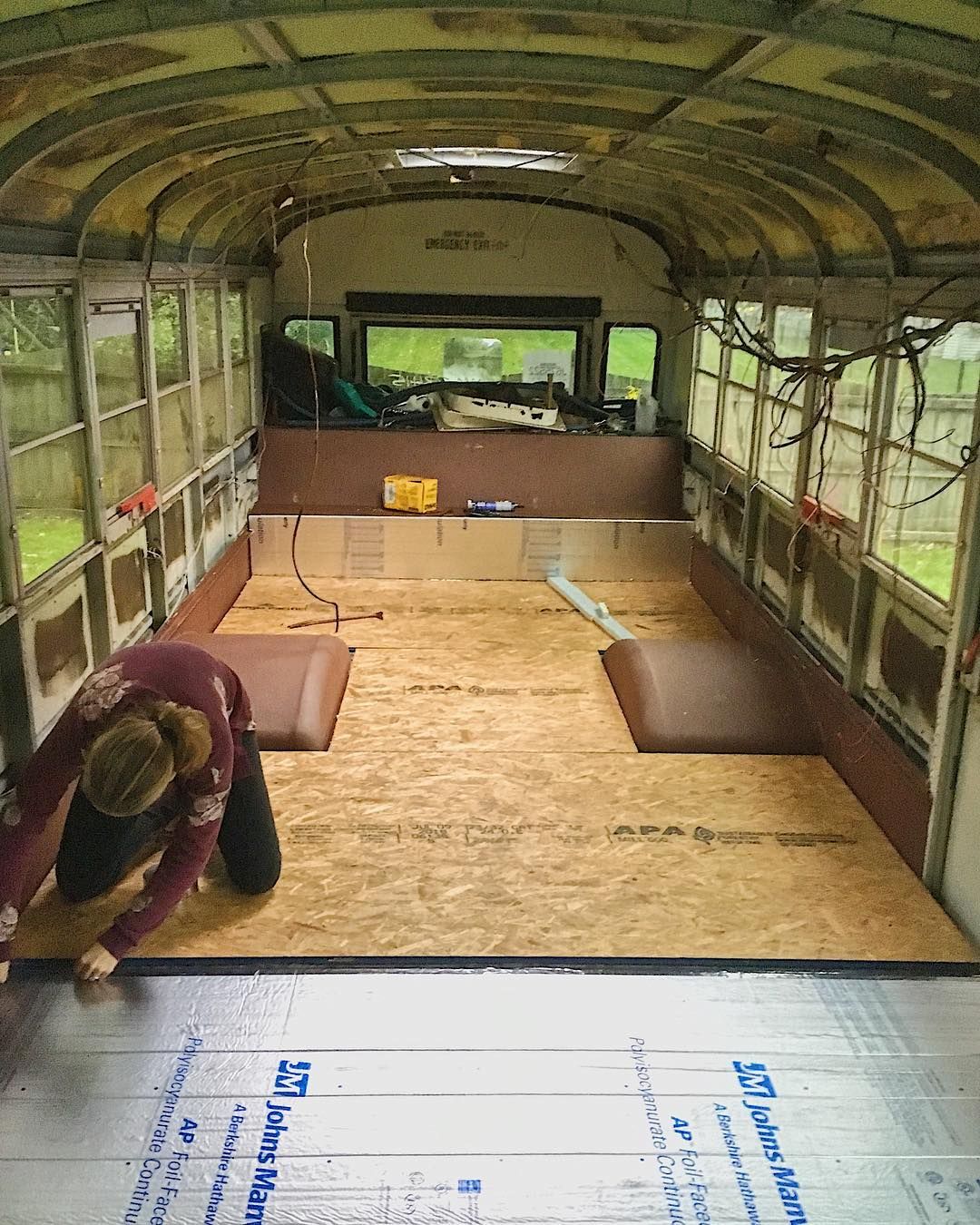
This polyisocyanurate insulation is a popular environmentally friendly insulation choice. Although made of foam, they have a lower global warming potential rating than mineral wool, which is a popular eco-friendly insulation option. Polyisocyanurate Board from @themightybus
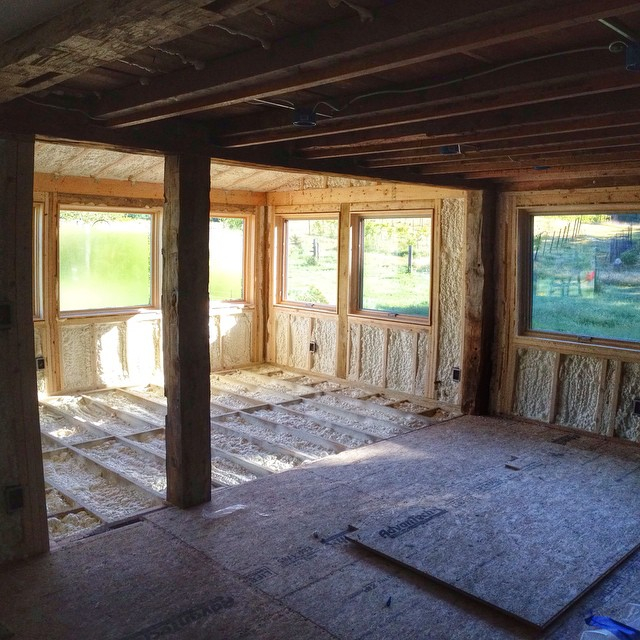
It is important to consider the cost and environmental impact of using polyisocyanurate panels as insulation. This type is a popular choice of eco-friendly insulation. Although made of foam, they have a lower global warming potential rating than mineral wool. Polisocyanurate Insulation from @vinofarm
Denim or cotton insulation
Denim and cotton insulation are insulation materials that are made from recycled clothing and are marketed as eco-friendly options. They are priced similarly to mineral wool insulation. However, the global warming potential rating of denim insulation is slightly higher than that of mineral wool. The expert mentioned that this impact is reduced when considering the carbon sequestered in the denim.
It is important to note that, as with sheep’s wool insulation, denim or cotton materials may be treated with a flame retardant to reduce flammability. Therefore, it is crucial to carefully research any denim or cotton insulation product to determine whether it contains any potentially harmful additives.

Pay attention to the materials for your small house dinfing. Denim or cotton fabrics can be treated with flame retardants to reduce their flammability. The insulation is made from recycled clothing and is marketed as an eco-friendly option. The price is similar to mineral wool insulation. All-Denim Insulation from @van_go_diaries

Denim or cotton fabrics can be treated with flame retardants to reduce their flammability. Choose materials made from recycled clothing and marketed as eco-friendly options. Denim Insulation from @adventurewithmattandjess
Cellulose insulation
Cellulose insulation is another eco-friendly option that is made from recycled newsprint, wood, and corn cobs, and is similar to denim and cotton insulation. Loose fill cellulose insulation is the most common type of cellulose insulation, and it is designed to be blown into walls and cavities, much like spray foam insulation. However, unlike spray foam insulation, cellulose insulation is a dry material.
One of the benefits of cellulose insulation is that it can settle around most obstructions, such as wires and pipes, within walls and crevices. This means that cellulose insulation can be easily installed without having to remove obstacles. However, over time, cellulose insulation can pack down unevenly and leave air pockets. This can be a disadvantage because the insulation may not perform as efficiently, and the R-value may be compromised.
It is important to note that cellulose insulation can be treated with boric acid, a natural fire retardant, to reduce flammability. Additionally, it is essential to ensure that the cellulose insulation is properly installed and not too densely packed to avoid air pockets and maintain the desired R-value.
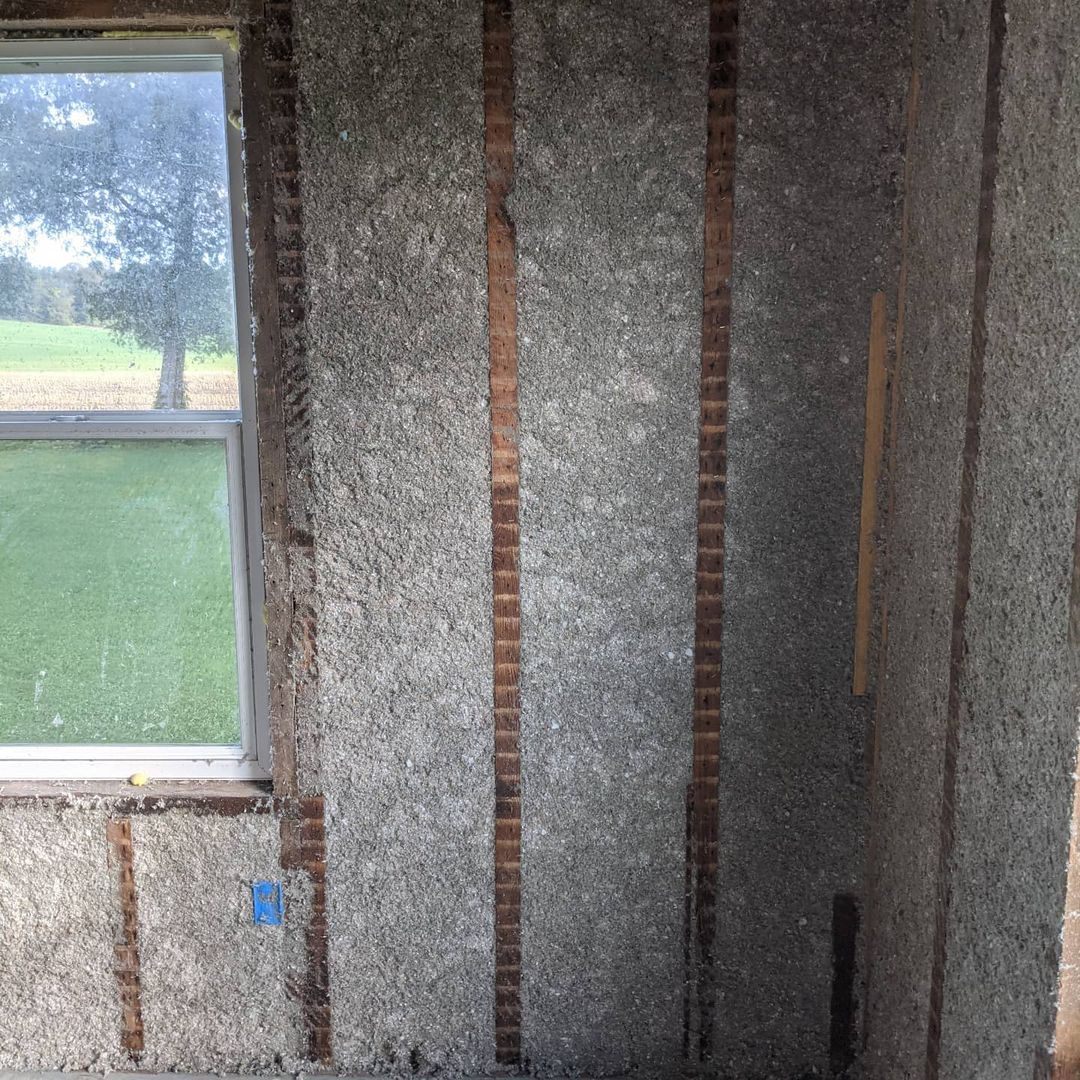
Cellulose insulation is another eco-friendly option made from recycled newsprint. One of the benefits of cellulose insulation is that it can stick to most obstructions, such as cables and pipes, inside walls and crevices. Cellulose Insulation from @twistedbeechwoodworking
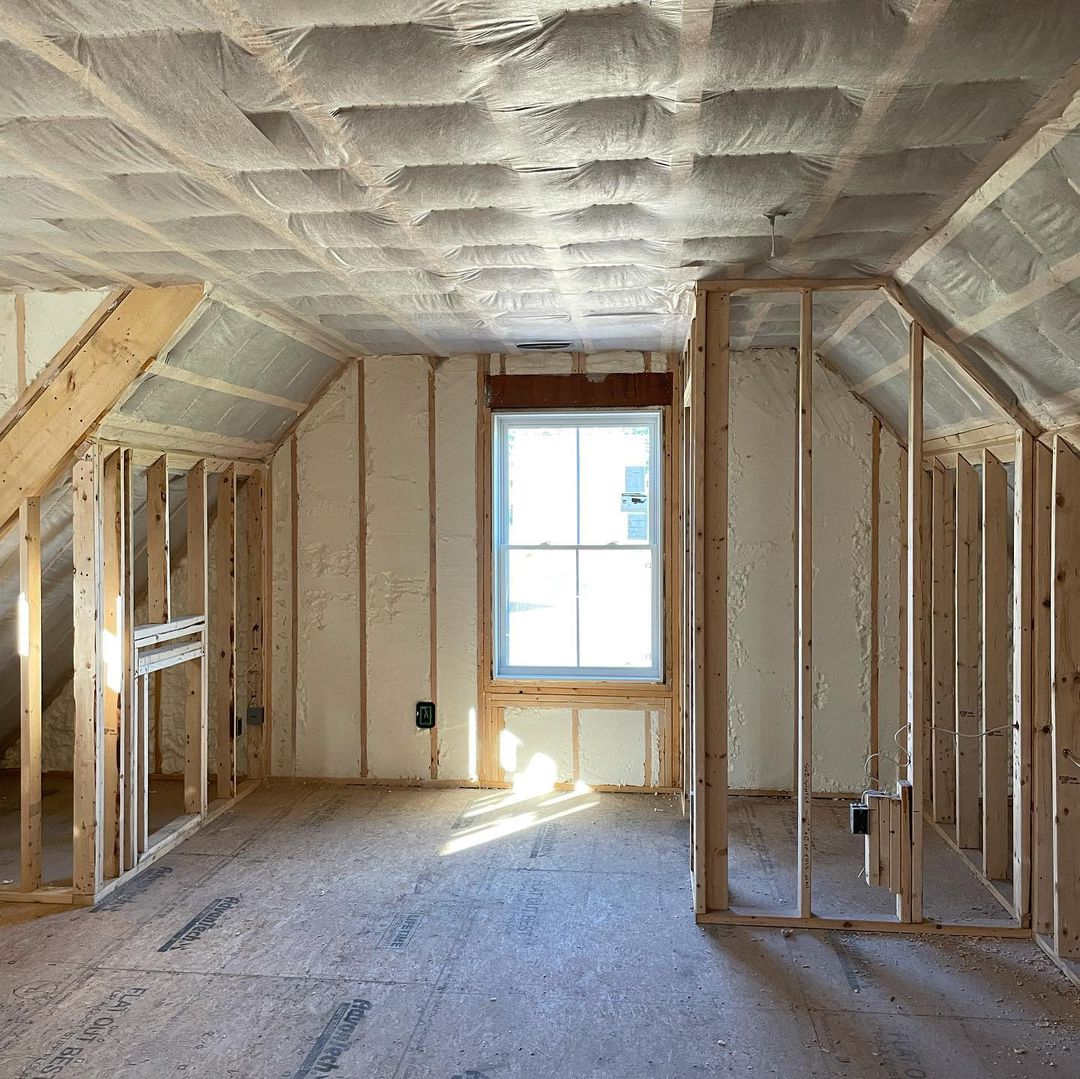
Loose filled cellulose insulation is the most common type of cellulose insulation, and is designed to be blown into walls and voids, much like spray foam insulation. This means the cellulose insulation can be easily installed without removing the barrier. Cellulose Insulation and Fiberglass from @theinsulationguy


